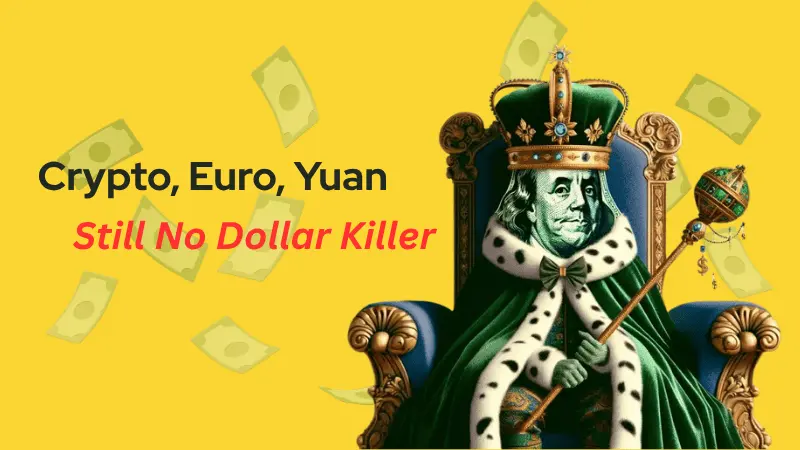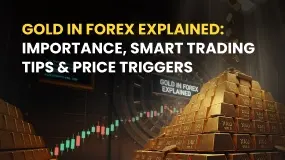National Australia Bank
Abstract:National Australia Bank (NAB, for short) was formed by the merger of National Australia Bank and Sydney Commercial Bank in 1982 as National Australia Commercial Bank Ltd. and subsequently renamed National Australia Bank Ltd. National Australia Bank is one of the four largest financial institutions in Australia and is ranked 21 in the global market capitalization rankings and 52 in the As of November 2014, NAB operated 1,590 branches and service centers, with a network covering Australia, the United Kingdom, New Zealand and Asia including Hong Kong, China, Singapore, and Japan. National Australia Bank's current Board of Directors is chaired by Michael Chaney, and its Chief Executive Officer is Cameron Clyne. NAB currently holds a full license with ASIC, license number 230686.
Basic Information & Regulation
National Australia Bank (NAB, for short) was formed by the merger of National Australia Bank and Sydney Commercial Bank in 1982 as National Australia Commercial Bank Ltd. and subsequently renamed National Australia Bank Ltd. National Australia Bank is one of the four largest financial institutions in Australia and is ranked 21 in the global market capitalization rankings and 52 in the As of November 2014, NAB operated 1,590 branches and service centers, with a network covering Australia, the United Kingdom, New Zealand and Asia including Hong Kong, China, Singapore, and Japan. National Australia Bank's current Board of Directors is chaired by Michael Chaney, and its Chief Executive Officer is Cameron Clyne. NAB currently holds a full license with ASIC, license number 230686.
Products & Services
NAB offers a wide range of products and services for individuals, businesses, and corporations. Products and services for individuals include savings, personal loans, online banking for home loans, investments, insurance, travel, and overseas banking. Products and services for businesses include loans and finance, business credit cards, payments and merchants, online banking, international and foreign exchange, insurance, insurance information, industry-specific banking, and small business.
Accounts Types
The main types of bank accounts available to individuals are transaction accounts, savings accounts, NAB VISA debit card accounts, and National Bank time deposit accounts. Business accounts include NAB Business Day to Day Account, NAB Business Cash Maximizer Account, NAB Farm Management Account, and NAB Community Fee Saver Account.
Read more

US-China Tariffs Heat Up—Pause Still Possible, Says Bessent
President Trump signaled the U.S. and China are effectively in a trade war, even as Treasury Secretary Scott Bessent left room to extend a current tariff pause and a Trump–Xi meeting remains on the calendar. After floating a new 100% tariff on Chinese goods from Nov. 1, tensions seesawed amid Chinese sanctions and U.S. threats over soybeans. Some U.S. tariffs (up to ~145%) are paused until Nov. 10, with a Supreme Court test of “reciprocal” tariffs looming. Companies are adapting unevenly—Stellantis expanding in the U.S., while Apple deepens ties in China—suggesting continued market volatility.

Crypto, Euro, Yuan: Still No Dollar Killer
Despite frequent “de-dollarization” headlines, the U.S. dollar remains unrivaled due to unmatched market depth, global usability, and trusted legal/institutional frameworks. Crypto and other currencies (euro, yuan) lack the stability, convertibility, and infrastructure required to replace the USD, while the Fed’s credibility and the scale of U.S. financial markets continue to anchor demand. Bottom line: no alternative currently offers a complete, credible substitute for the dollar’s global role.

100% Tariff Incoming: Trump Announces November Hike on China
The U.S. will impose an additional 100% tariff on Chinese imports starting Nov. 1, 2025—potentially earlier—alongside new export controls on “critical software,” escalating tensions after Beijing’s rare-earth curbs, new port fees, a Qualcomm probe, and a halt to U.S. soybean purchases. Stocks fell on the news. Key context: some U.S.-China tariffs remain paused until Nov. 10, a Supreme Court case could reshape Trump’s tariff authority, new U.S. duties on cabinets (Oct. 1) and wood products (Oct. 14) are in force, and a pause on Mexico tariffs is set to end next month.

Gold in Forex Explained: Importance, Smart Trading Tips & Price Triggers
Gold is represented by the XAU/USD pair in the global forex market, reflecting the value of one ounce of gold against the US dollar. Here, XAU represents gold, while USD is obviously the US dollar. Gold acts as a commodity, and the dollar remains the primary currency in this pair. Forex traders use this pair to trade and invest in gold price fluctuations.
WikiFX Broker
Latest News
The 350 Per Cent Promise That Cost Her RM604,000
"Just 9 More Lots": Inside the Endless Withdrawal Loop at Grand Capital
GCash Rolls Out Virtual US Account to Cut Forex Fees for Filipinos
Garanti BBVA Securities Exposed: Traders Report Unfair Charges & Poor Customer Service
Private payroll losses accelerated in the past four weeks, ADP reports
INZO Commission Fees and Spreads Breakdown: A 2025 Data-Driven Analysis for Traders
Gratitude Beyond Borders: WikiFX Thank You This Thanksgiving
Core wholesale prices rose less than expected in September; retail sales gain
Consumer confidence hits lowest point since April as job worries grow
MH Markets Commission Fees and Spreads Analysis: A Data-Driven Breakdown for Traders
Rate Calc

